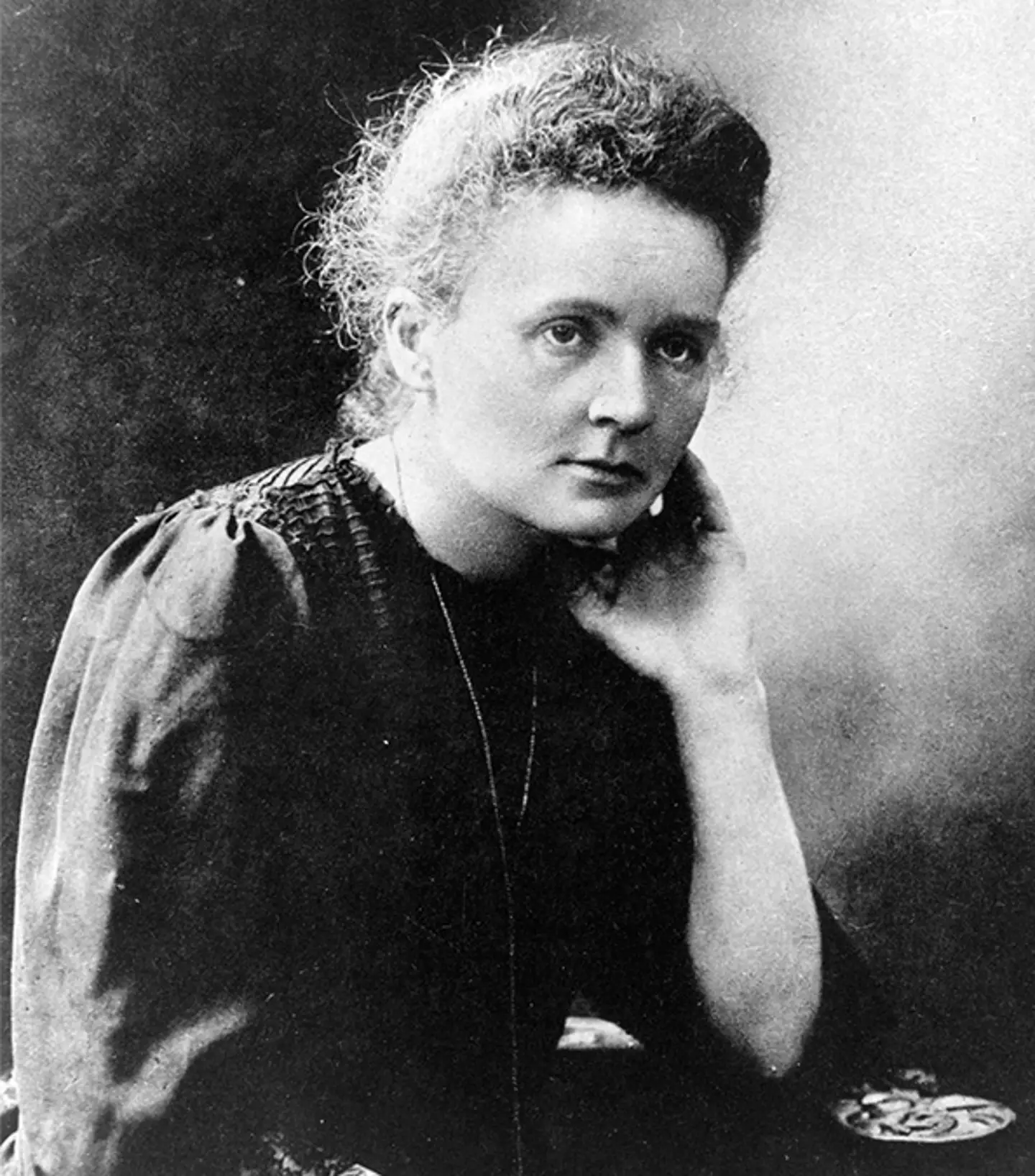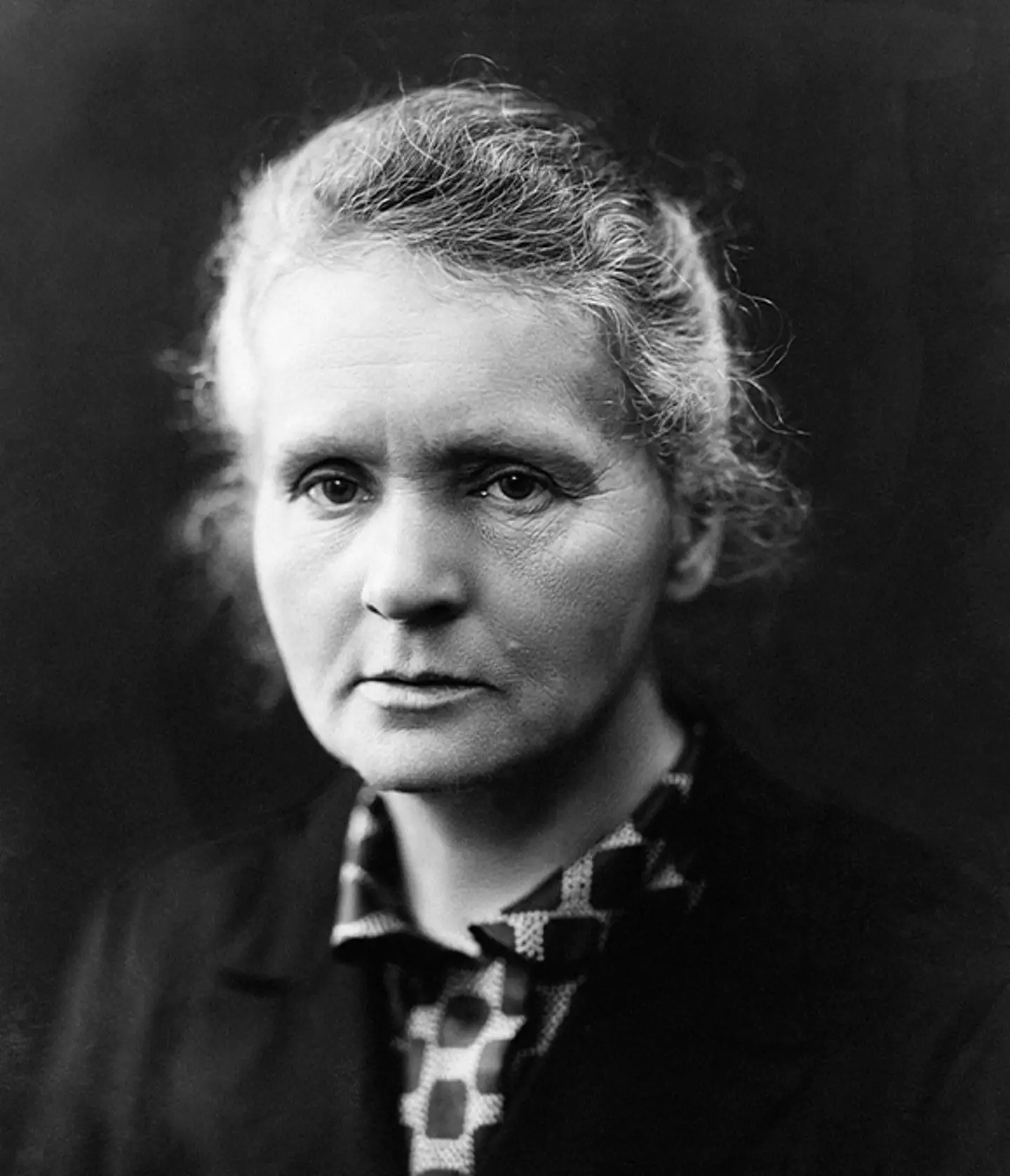
Marie Curie earned her title of the 'mother of modern physics' when her research into radioactivity led to the discovery of radium and polonium, and her incredible efforts in cancer treatments.
She was born in Warsaw, Poland in 1867 as the youngest of five children.
Notably earning two Nobel prizes in her lifetime, the French chemist and physicist's connection to radioactivity followed her well after death.
Curie died in 1934 from aplastic anaemia which was supposedly caused by her chronic exposure to radiation. The condition is a result of bone marrow not making enough new blood cells for your body to function properly.
Advert

Curie's exposure was so significant that her body that she had to be laid to rest in a lead-lined coffin. She still remains highly radioactive today.
The crazy thing is it wasn't until 1995 when her coffin was exhumed that people realised just how radioactive her remains were.
French authorities wanted to move the Curie family to the national mausoleum to honour their contributions to science and celebrate them as historical French icons.
Initially, the officials contacted the French radiation protection agency with worries about residual radiation and as such, took precautions to protect cemetery workers.
Although expected levels of radiation were detected near Curie's grave, the exhumers got a bit of a shock when the levels rose as soon as her grave was opened. Although luckily, the radiation levels weren't extreme.
The excavators reported that Curie’s coffin first looked to be made of wood. But once opened, it appeared to be lined with 2.5 millimetres (0.09 inches) of lead to contain the radioactivity.

Despite her body being surprisingly well-preserved, with only small levels of alpha and beta contamination detected, the physicist's belongings remain highly radioactive.
According to the Journal of British Society for the History of Radiology, Curie had taken steps to limit exposure to radiation in later life. And as such, scientists believe the trace amounts of radium found on both Curies wouldn't be enough to harm anyone else.
However, after 100 years, her furniture, cookbooks and clothes are kept in protective storage. In fact, Curie's laboratory notes are stored in lead-lined boxes at a library in Paris.
Visitors are welcome to look at these objects if they wear protective gear, to prevent exposure to radium-226, and sign a liability waiver.
Due to the half-life of these radioactive substances, Curie's belongings are expected to remain radioactive for another 1,500 years.